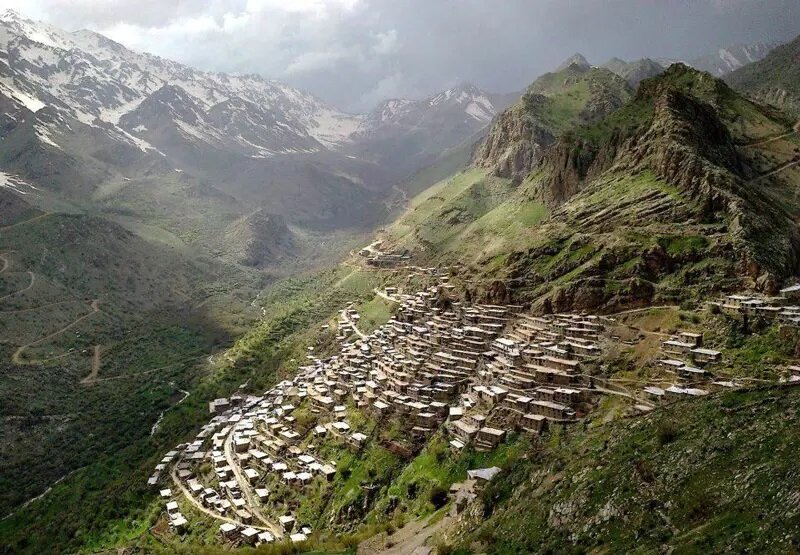Paveh to buttress religious, cultural tourism

TEHRAN - Paveh, a western Iranian city known for its rich cultural heritage, seeks to lure more travelers with its diverse attractions, particularly in the realms of religious and cultural tourism.
On Sunday, Hadi Sharifi, the head of the Cultural Heritage, Tourism, and Handicrafts office of Paveh, highlighted the untapped potential of the city's tourist offerings.
He emphasized that the religious and historical tourism aspects of Paveh have not received adequate attention thus far, prompting efforts to introduce these treasures to a wider audience.
In an interview with ISNA, Sharifi cited an example, saying “There are various forms of tourism in the UNESCO-registered Uramanat, and its surrounding regions.”
“Over the past couple of years, ecotourism and rural tourism have flourished in Uramanat due to its untouched beauty, pristine natural landscapes and unique rural villages.”
Highlighting the abundant tourism potential of Kermanshah's Uramanat, Sharifi stated that historical sites and religious landmarks abound in the region, waiting to be explored alongside other forms of tourism.
Moreover, Sharifi underlined the preservation of ancient traditions by the residents of Uramanat, saying it helps attract numerous tourists annually to witness the rich rituals and customs of the region. “Consequently, cultural tourism has gained momentum in this area.”
He specifically mentioned Paveh's four historical mosques dating back to the early Islamic period, boasting unique architecture and national recognition.
Additionally, the official highlighted the presence of historical copies of the Holy Quran in rural mosques of Paveh, acknowledged at the national level and open for tourist viewing.
“Furthermore, within Paveh itself, there exists an open-air mosque with a history spanning over 300 years. Locals have continued to perform prayers in this mosque, nestled beside an ancient plane tree, a national heritage site, making it a charming and unparalleled attraction for many tourists.”
Sharifi also mentioned the presence of several shrines, including Imamzadehs, among the religious tourism attractions of the city.
Stretched on the slopes of Sarvabad county at the heart of the Zagros Mountains and shared between the provinces of Kordestan and Kermanshah in western Iran, the Uramanat cultural landscape embraces hundreds of villages, 106,000 hectares of land and 303,000 hectares of surrounding properties.
Archaeological findings dating back about 40,000 years, caves and rock shelters, ancient paths and along the valleys, motifs and inscriptions, cemeteries, mounds, castles, settlements, and other historical evidence attest to the continuity of life in the Uramanat region from the Paleolithic to the present time.
According to the UN body, Uramanat is an exceptional testimony to a cultural tradition of the semi-nomadic agropastoral way of life of the Hawrami people, a Kurdish tribe that has resided in the Zagros Mountains for millennia. This outstanding cultural tradition is manifested in the ancestral practices of transhumance, the mode of seasonal living in Havars, steep-slope terraced agriculture, soil and water management, traditional knowledge for planning and constructing steeply terraced villages, and a rich diversity of intangible heritage, all reflecting harmonious co-existence with nature.
AM
Leave a Comment